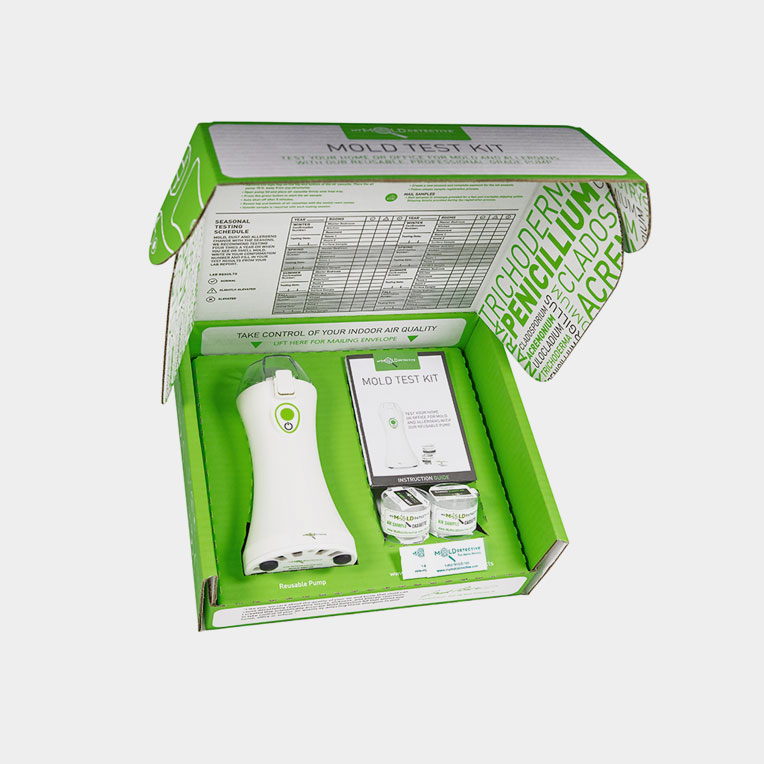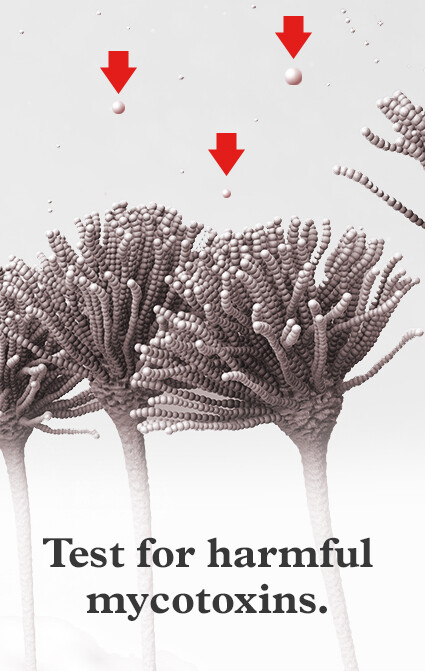Just How Mycotoxin Screening Aids Stop Contamination and Guard Food Products

Mycotoxin screening is an essential practice in the food sector, serving as a frontline defense versus contamination by unsafe toxic substances created by molds. Via the application of advanced techniques like High-Performance Fluid Chromatography (HPLC) and Fluid Chromatography-Mass Spectrometry (LC-MS), food producers can precisely measure and identify mycotoxin levels in farming products. This proactive method not only ensures conformity with strict safety guidelines but additionally alleviates health threats to consumers. Regular testing strengthens brand track record and financial health and wellness by minimizing contamination-related cases. How exactly do these screening procedures integrate right into the broader food security strategy?
Understanding Mycotoxins
Recognizing mycotoxins begins with identifying that they are poisonous additional metabolites produced by particular mold and mildews, which can pollute farming items. These metabolites are not essential for the development or reproduction of the fungi but can have severe ramifications for human and animal health. Mycotoxins are generally located in staple crops such as corn, wheat, barley, and nuts, where they can multiply under details conditions of moisture and temperature level.
There are numerous types of mycotoxins, each created by various fungal species. Fusarium species produce fumonisins and trichothecenes, both of which are linked with various severe and persistent health and wellness concerns.

Threats of Mycotoxin Contamination
The threats of mycotoxin contamination are diverse, posing substantial risks to both food safety and security and public health and wellness. Mycotoxins, toxic compounds generated by specific kinds of fungi, can pollute a vast variety of farming products consisting of cereals, nuts, flavors, dried out fruits, and coffee.
Economic effects are an additional major problem. Polluted plants can result in considerable financial losses for farmers and food manufacturers because of reduced yields and the demand for costly purification measures. In addition, international profession can be considerably impeded as nations enforce stringent mycotoxin guidelines to protect their populations, causing declined deliveries and stretched profession relations.
Ecological aspects such as environment modification exacerbate the risk of mycotoxin contamination. Variations in temperature and humidity can create beneficial conditions for fungal growth, enhancing the probability of contamination events. Thus, understanding and mitigating these risks are important for making sure the safety and security and honesty of worldwide food materials.
Techniques of Mycotoxin Evaluating
Precisely identifying mycotoxin contamination in agricultural products is vital for protecting public health and wellness and maintaining food safety criteria. Numerous approaches are utilized to discover and quantify mycotoxins, each offering particular advantages and limitations.
High-Performance Liquid Chromatography (HPLC) is an extensively made use of technique because of its high sensitivity and accuracy. It includes separating mycotoxins from various other substances in an example, allowing accurate metrology. In A Similar Way, Fluid Chromatography-Mass Spectrometry (LC-MS) integrates liquid chromatography with mass spectrometry to supply thorough molecular details, making it especially useful for recognizing several mycotoxins concurrently - Mycotoxin testing Services.

Gas Chromatography-Mass Spectrometry (GC-MS) and Thin-Layer Chromatography (TLC) are also employed, each with unique applications. GC-MS is effective for unpredictable mycotoxins, while tender loving care uses an easier, cost-effective alternative for initial testing.
Benefits of Regular Testing
Normal screening for mycotoxins in agricultural products supplies countless advantages, dramatically adding to public wellness and food security. By identifying contamination early, normal screening helps prevent the circulation of hazardous foods, thus reducing the threat of mycotoxin-related health problems amongst customers. This positive Go Here technique not just safeguards human health and wellness however additionally improves the general quality of food products.
Various countries get more and areas have actually established rigid restrictions for mycotoxin levels in food and feed. Sticking to these restrictions through routine screening ensures that producers and vendors meet lawful requirements, consequently staying clear of penalties and trade barriers.
Furthermore, routine mycotoxin screening can bring about significant economic benefits. Early detection of contamination permits timely intervention, minimizing prospective losses from prevalent contamination. Implementing regular testing protocols can also reduce recall expenses and associated liabilities, which can be financially ravaging.
Additionally, routine testing offers important data that can inform better agricultural practices and storage space problems. By understanding patterns of contamination, producers can adopt safety nets, therefore lowering future threats and adding to the sustainability of the food supply chain.
Implementing Examining Methods
Implementing reliable mycotoxin screening procedures is vital for making sure the security and quality of farming items. Establishing a robust screening framework involves multiple vital steps, starting with the recognition of prospective contamination points within the manufacturing and supply chain. This includes pre-harvest, post-harvest, storage space, and circulation phases. Each stage needs to be inspected to pinpoint where mycotoxin contamination is more than likely to happen.
When critical control factors are identified, choosing appropriate screening methods is necessary. Common strategies consist of enzyme-linked immunosorbent assay (ELISA), high-performance liquid chromatography (HPLC), and mass spectrometry (MS) Each method has its weaknesses and staminas; thus, choosing the appropriate one relies on the particular mycotoxin being evaluated, the called for level of sensitivity, and available sources.

Finally, integrating the testing procedures into a comprehensive food security administration system is advisable. This boosts traceability and allows click here for more swift restorative actions when contamination is found, thus safeguarding the stability of the food supply chain.
Verdict
Mycotoxin testing is vital in protecting against contamination and safeguarding food supplies by enabling early detection of damaging toxic substances generated by mold and mildews in farming items. Routine screening improves brand name track record, economic security, and depend on in food safety and security by decreasing contamination-related losses and keeping high criteria in food manufacturing.
Mycotoxin screening is an essential practice in the food industry, serving as a frontline protection versus contamination by dangerous contaminants created by molds. An incorporated technique including agricultural practices, storage management, and normal screening can alleviate the risks associated with mycotoxin contamination, ensuring food safety and public wellness.
The threats of mycotoxin contamination are diverse, positioning significant hazards to both food safety and security and public health and wellness.Regular screening for mycotoxins in farming products offers countless advantages, considerably contributing to public wellness and food security.Mycotoxin testing is crucial in protecting against contamination and protecting food materials by enabling very early detection of harmful contaminants created by mold and mildews in agricultural items.